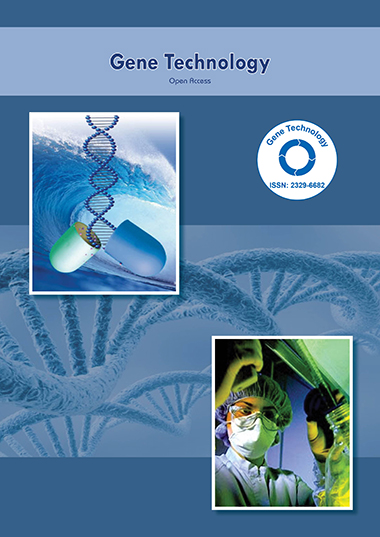Indexed In
- Academic Keys
- ResearchBible
- CiteFactor
- Access to Global Online Research in Agriculture (AGORA)
- RefSeek
- Hamdard University
- EBSCO A-Z
- OCLC- WorldCat
- Publons
- Euro Pub
- Google Scholar
Useful Links
Share This Page
Journal Flyer

Open Access Journals
- Agri and Aquaculture
- Biochemistry
- Bioinformatics & Systems Biology
- Business & Management
- Chemistry
- Clinical Sciences
- Engineering
- Food & Nutrition
- General Science
- Genetics & Molecular Biology
- Immunology & Microbiology
- Medical Sciences
- Neuroscience & Psychology
- Nursing & Health Care
- Pharmaceutical Sciences
Abstract
A Paradigm Shift in Bone Regeneration Therapy: Using Mesenchymal Stem Cells and the CRISPR-Cas9 Technology
Takashi Narai*, Yuji Nakayama*, Isamu Kodani and Kenji Kokura
The current mainstream approach to bone regeneration treatment is autologous bone grafting and artificial bone/ bone substitute materials. However, satisfactory treatment results have not been achieved. There is no doubt that Mesenchymal Stem Cells (MSCs) are a useful "tool" for bone regeneration therapy and use of MSCs has been desired. However, MSCs cells are still not widely used in bone regeneration treatments due to their limited osteogenic differentiation ability and efficiency at the transplanted site. Thus, dissection and control of osteogenic differentiation in molecular and cellular level are keys to overcome this issue. To this end, cellular engineering is one of promising approach for it, and various valuable tools for cellular engineering have been developed in recent years. In particular, Clustered regularly interspaced short palindromic repeats-CRISPR associated protein 9 (CRISPR-Cas9) has revolutionized genome editing techniques. By utilizing genetically modified MSCs or osteogenic cells derived from such modified MSCs, osteogenic differentiation process should be more understandable and controllable. In other words, these technologies may have a potential to standardize and optimize bone regeneration treatment outcomes that so far wide individual differences are observed. Then, as a result, reduced surgical invasion, stable treatment results, and shorter treatment may be achieved during bone regeneration treatments. In this review, we discuss the potential therapeutic and clinical application of this mesenchymal stem cell and its development by means of genome editing tool, CRISPR-Cas9 technology in particular, in bone regeneration therapy.
Published Date: 2020-12-11; Received Date: 2020-12-21

